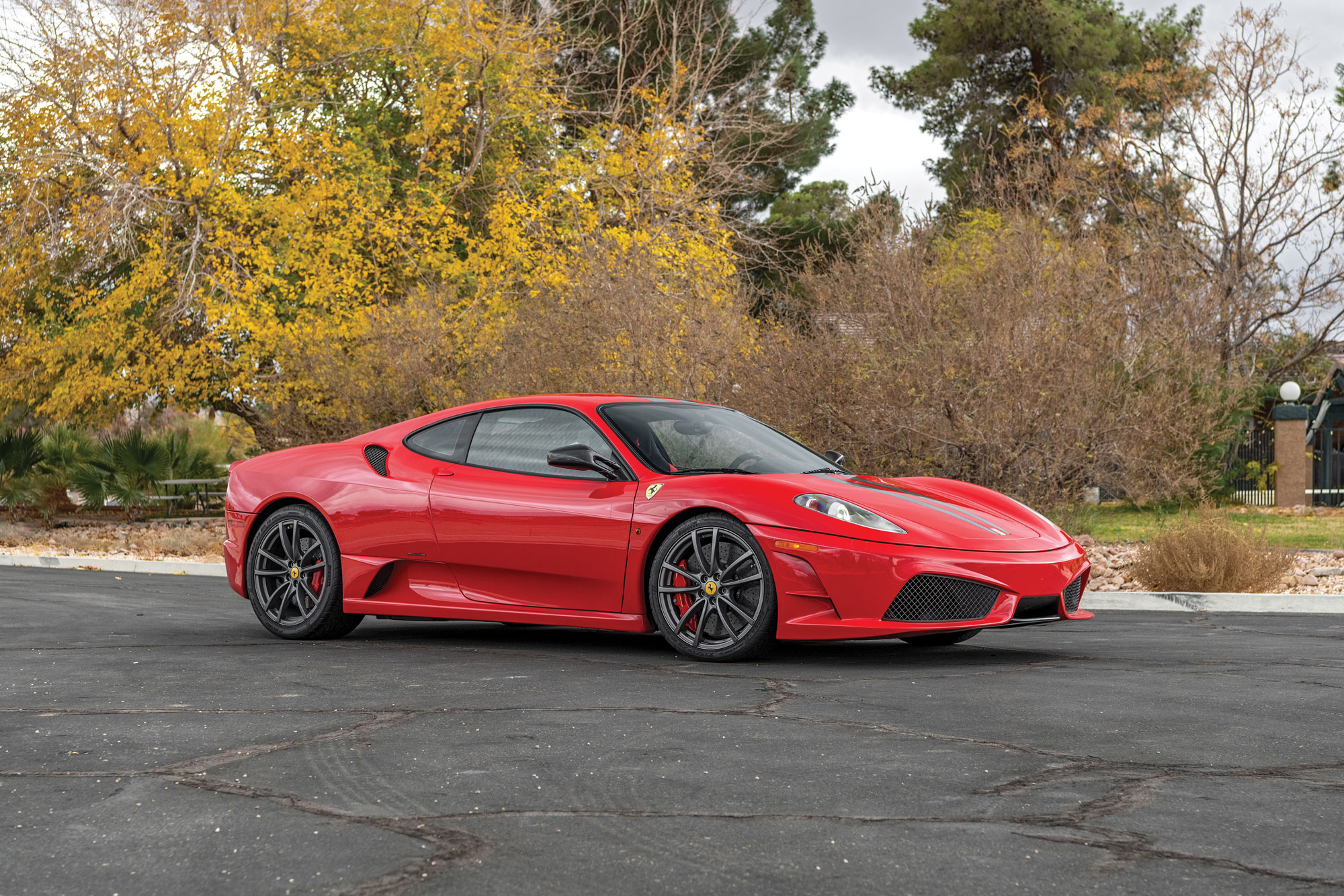Chassis Number: ZFFKW64A590167241
Developed with the help of Ferrari’s legendary Formula One driver Michael Schumacher and first shown to the public at the 2007 Frankfurt Motor Show, the 430 Scuderia succeeded the Challenge Stradale as the road-going variant of the F430 Challenge race car. Improvements over the standard F430 coupe were instantly apparent, both upon first inspection and behind the wheel.
Extensive use of carbon fiber, a Lexan rear window, titanium springs and wheel nuts, and other weight-saving measures reduced weight by 221 pounds versus the standard F430.
This example was assembled in March 2009 and was dispatched to Ferrari of Central New Jersey. It left the factory finished in Rosso Corsa with optional racing stripes. The original window sticker indicates that it was optioned from the factory with Bata upholstery, red brake calipers, Alcantara upholstery, iPod connectivity, and red contrast stitching.
The car has been driven sparingly, showing fewer than 4,500 miles. Documentation indicates that it was involved in a rear-end collision in the spring of 2014. However, a certificate of inspection from Condition Now Vehicle Inspection Services, dated November 23, 2015, confirms that no damage or repairs were apparent after a comprehensive inspection.

